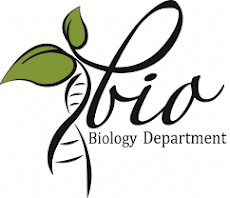Branches Of Biology
Branches of Biology:
Modern biology deals with the structure, function and many other descriptions of living things. Advance research during the 20th Century has led to the division of biology into specialized branches. Some important branches are defined below:
(i) Morphology (Gr. morph; form, logos; discourse): The study of external form and structure of organisms.
(ii) Anatomy (Gr. ana; part/up, tome; cutting): The study of internal parts of body of living organisms by cutting them open.
(iii) Cell biology (L. cells, compartment, Gk. Bios= life; logos; discourse): The study of cell and its organelle.
(iv) Histology (Gr. histos: tissue; logos, discourse): The study of structure of tissues of plant and animals.
(v) Physiology (Gr. physis; nature, logos, discourse): The study about functions of living organisms.
(vi) Taxonomy (Gr. taxis, arrangement, nomos: name): The study of the rules, principles, grouping and naming the living organisms.
(vii) Genetics (Gr. genesis; descent, origin): The study of heredity, that is transferring of characters from parents to offspring.
(viii) Developmental biology (Gr. embryon; embryo, logos, discourse):The study of formation and development of embryo.
(ix) Environmental biology: The study of relationship between living organisms and non-living factors of environment and their effects on each other.
(x) Paleontology (Gr. palaios; ancient, ontos; being, logos: discourse):The study of remote past organic life, with the help of fossils.
(xi) Biotechnology: The study about techniques for manipulination of gene to bring the changes in structure and location of genes to achieve desireable characters is called biotechnology.
(xii) Socio-biology (L. sociare; to associate,): The study of social behavior of living organisms. i.e interaction between themselves.
(xiii) Parasitology (Gr. para; up): The study of parasites.
(xiv) Pharmacology (Gr. pharmakon, drug;). The study about actionof drugs.
(xv) Molecular biology: The study of organic molecules whichconstitute cell and its organelles.


.jpeg)

.jpeg)

0 Comments